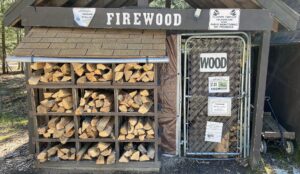By Linda Williams, DNR Forest Health Specialist, Woodruff
Linda.Williams@wisconsin.gov or 920-360-0665

Webbing and a collection of frass (caterpillar excrement) around these cones is the web nest of pine webworm. / Photo Credit: Wisconsin DNR
Pine webworm (Pococera robustella) is a native moth whose caterpillars feed on pine needles. In Wisconsin, the caterpillars prefer young jack pine and red pine. A single generation per year occurs in Wisconsin.
Young larvae mine needles, feeding within the needle. Older larvae form a compact web that they fill with small, oval pieces of frass. In early fall, the larvae drop to the ground to pupate and spend the winter.

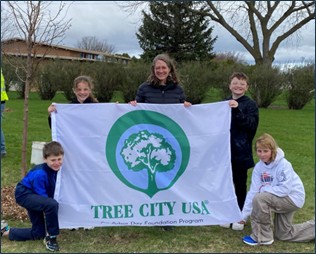 The online portal for Tree City USA (TCUSA) is
The online portal for Tree City USA (TCUSA) is 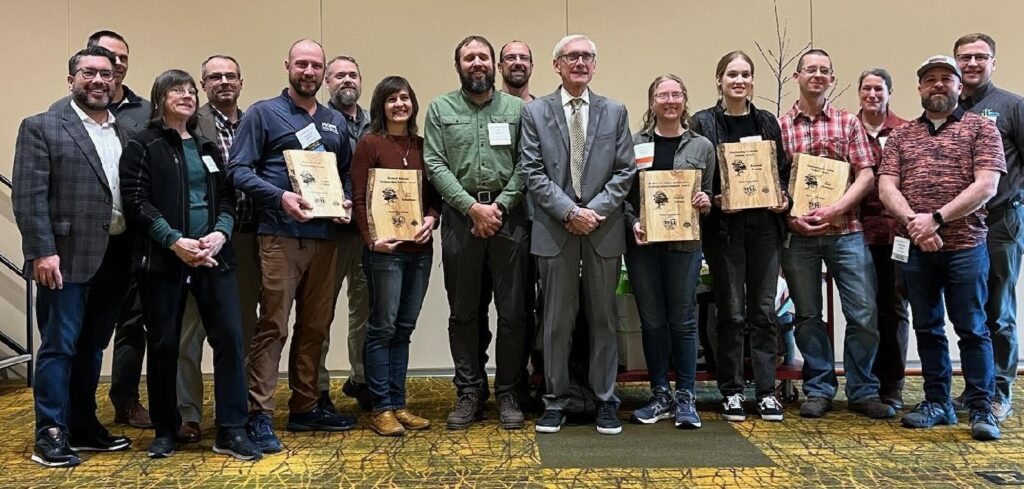 Do you know of a person or organization that is making a difference in community forestry? Maybe it is a volunteer who spends their free time planting trees in the community or an organization that is committed to increasing tree diversity or a municipal employee who has dedicated their career to transforming a city’s urban forestry program. If so, please complete this short
Do you know of a person or organization that is making a difference in community forestry? Maybe it is a volunteer who spends their free time planting trees in the community or an organization that is committed to increasing tree diversity or a municipal employee who has dedicated their career to transforming a city’s urban forestry program. If so, please complete this short 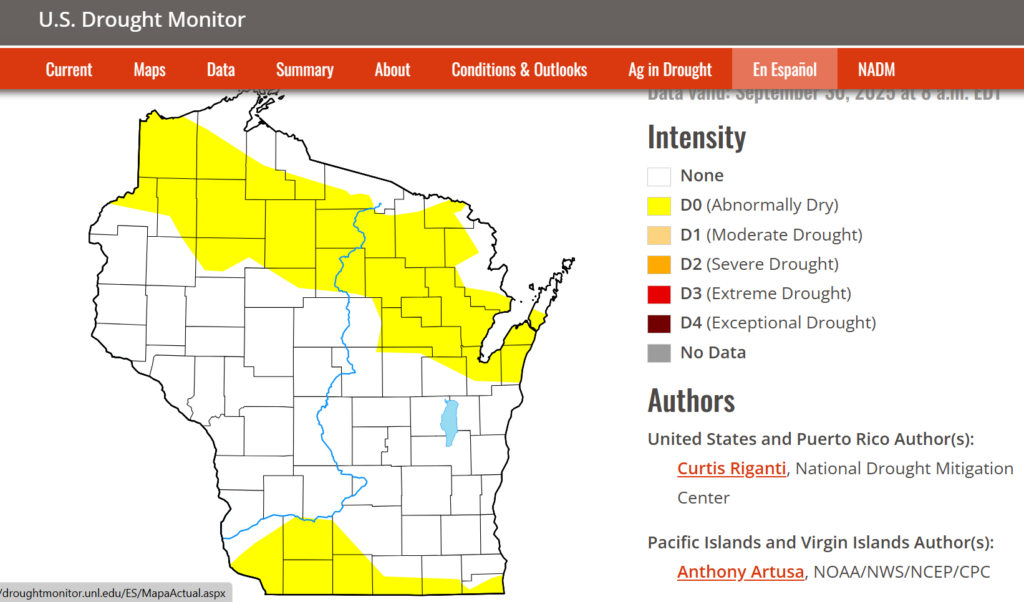
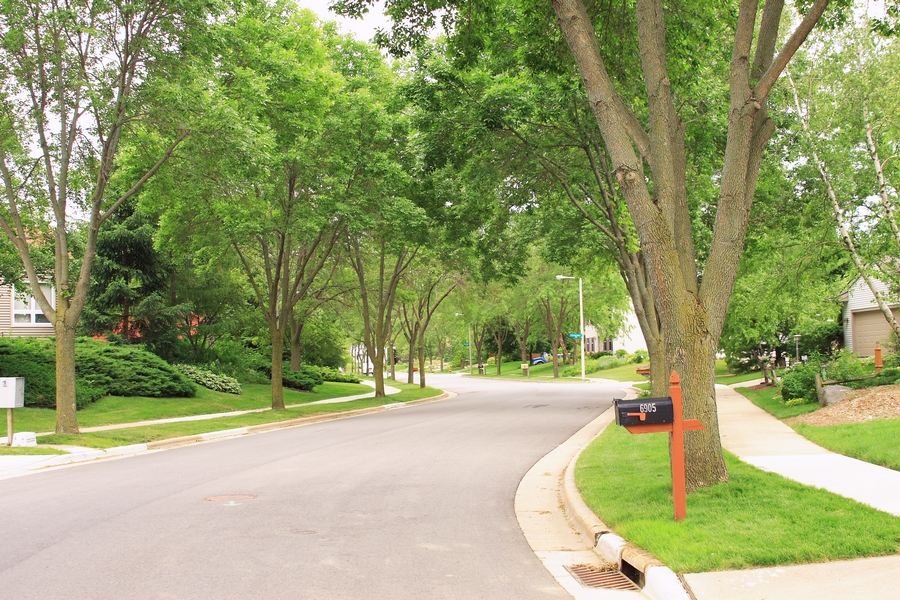 Are you responsible for tree care in your community? If so, please complete this
Are you responsible for tree care in your community? If so, please complete this 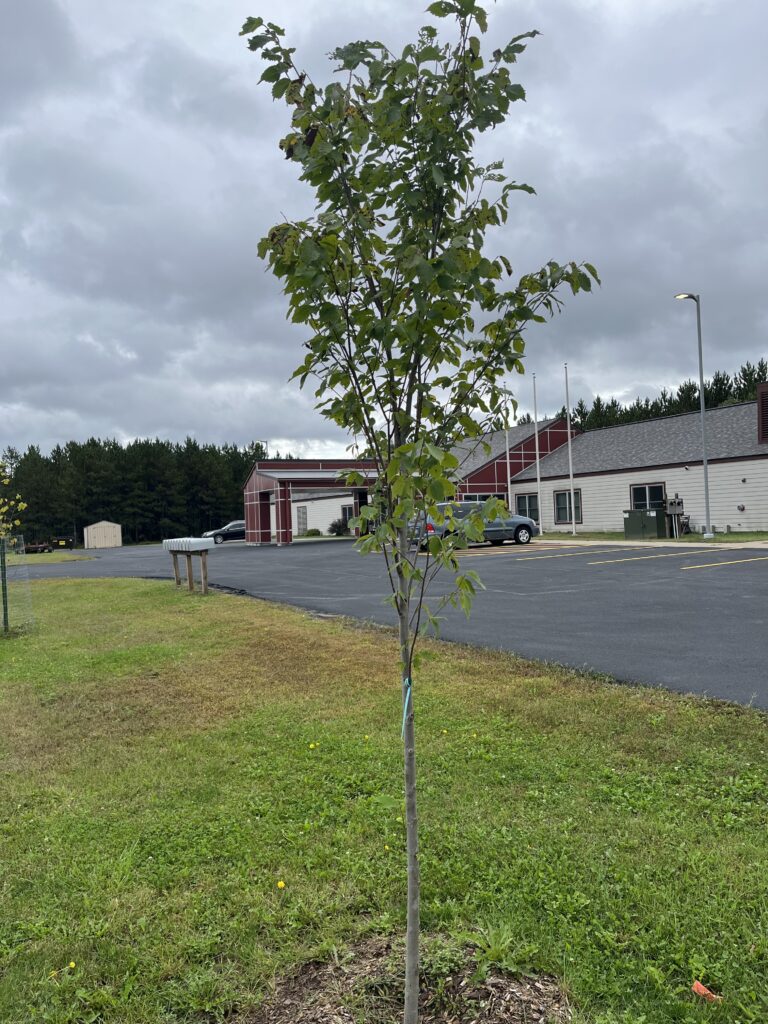
 Urban Wildlife Damage Abatement and Control grants help urban areas develop wildlife plans, implement specific damage abatement and/or control measures for white-tailed deer and/or Canada geese. They are available to any town, city, village, county or tribal government with a population density of not less than 125 persons per square mile. This grant provides a 50% cost share up to $5,000 for eligible costs. The application deadline is Dec. 1.
Urban Wildlife Damage Abatement and Control grants help urban areas develop wildlife plans, implement specific damage abatement and/or control measures for white-tailed deer and/or Canada geese. They are available to any town, city, village, county or tribal government with a population density of not less than 125 persons per square mile. This grant provides a 50% cost share up to $5,000 for eligible costs. The application deadline is Dec. 1.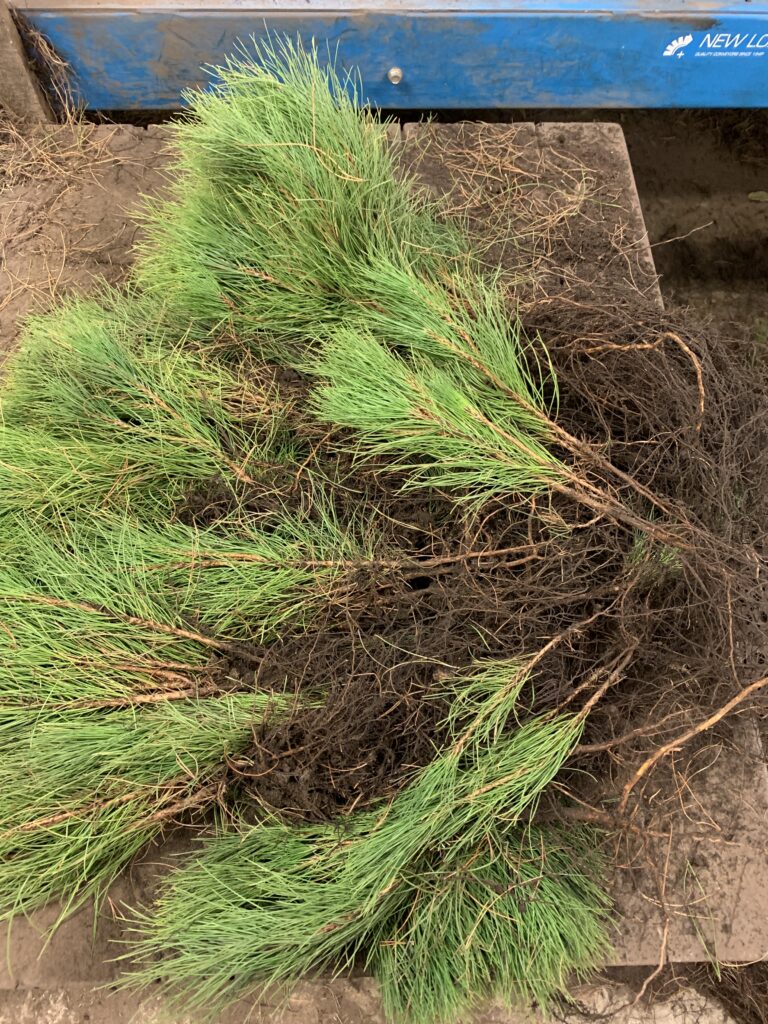 The Wisconsin Department of Natural Resources (DNR) is accepting seedling orders from Wisconsin landowners for trees and shrubs to be planted in spring 2026, starting Oct. 6, 2025.
The Wisconsin Department of Natural Resources (DNR) is accepting seedling orders from Wisconsin landowners for trees and shrubs to be planted in spring 2026, starting Oct. 6, 2025. *These training opportunities are provided as an information service only and do not constitute an endorsement from the Wisconsin Department of Natural Resources (DNR).
*These training opportunities are provided as an information service only and do not constitute an endorsement from the Wisconsin Department of Natural Resources (DNR).